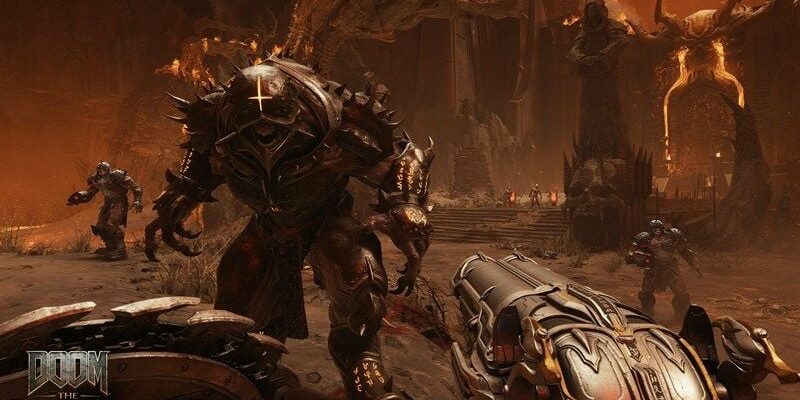In the interview with Doom: The Dark Ages, Marty Stratton and Hugo Martin shared important details about the story of the game, new mechanics, Glory Kill system and difficulty settings.
Following the presentation hosted by Bethesda, we had an interview with the Creators of Doom: The Dark Ages, Marty Stratton (Chief Producer) and Hugo Martin (Game Director).
Doom: The Dark Ages interview
Doom has always been about science fiction. Why was the medieval environment?
Hugo Martin: We wanted to do this from the very beginning. When you restart a series, what you usually want to do is to create an interesting world and give a date to this world. Then, if you want to have heroes with an interesting history, and if you are lucky enough and fans are satisfied with what you do, you will do more repeat IP and you will be lucky enough to discover some of this past. We were able to do that. This is the full implementation of Slayer’s past, and we thank our fans for giving us the chance to do it.
Can you tell us about the difficulty slippers and why you decide to use them?
Marty Stratton: Certainly. There was more than one reason for this. The important thing is that you can go up or down to make the game easier or difficult. There are many options, which also increases accessibility. It allows long -term fans to accelerate the game and create these ridiculous high -level experiences, but also increases accessibility for others with motor difficulties.
Doom: Will The Dark Ages contain any multiplayer mode?
Marty Stratton: Will not. There is only a script mode and we decided on the beginning. We wanted to free ourselves to create experiences like Mech and Dragon. Both of them are like their own mini games in the game. We have decided to spend all our efforts to create the biggest and best mobilization we have made.
Hugo Martin: We didn’t do the multiplayer game to make a better single -player game. If we had spread resources to different game columns, we couldn’t do mechanical, dragon and all other things, so we really focused on one -player game.
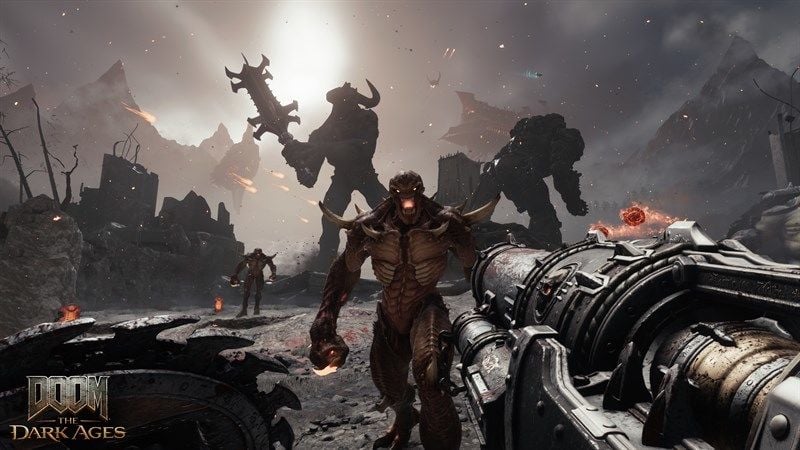
What kind of reaction this game to Doom Ethernal?
Hugo Martin: A reaction to both (previous games). We are really lucky to be able to make the third entrance. Whenever you make a game three times, there are many lessons you have learned. I like to focus on the negativity from fans. We heard that it is very repetitive in 2016, and that it was very difficult in Eternal. In fact, I think it is very complex and the complexity of the control scheme leads to unnecessary difficulty. You want to fight demons, not controls. This does not mean that mastery will be easy. Also, we can’t do the same again again. In a trilogy, you want each game to have its own feeling.
Doom: You mentioned that the story is outside the codex in The Dark Ages, but is there still a codex?
Hugo Martin: Yes there is. However, it is no longer necessary to read the codex to understand what is happening in the story.
Can you talk about the return of styrofing to engage?
Hugo Martin: When you play the classic Doom, what you immediately notice is that it is necessary to be successful and to escape these slow -moving bullets. With these, you create a three -dimensional pattern that the player should go through when going to demons. We balanced the weapons to be medium and short -range, so that you were encouraged to take the war to the enemies, to pass through the bullying labyrinth, just as in the classical Doom, and to hit the lethal blow from close distance with close fighting, shields or guns.
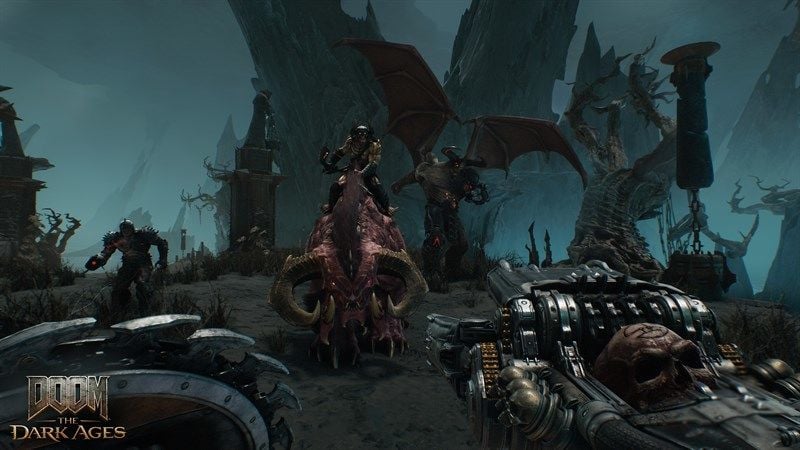
Can you explain how the new Glory Kill system works?
Hugo Martin: Yes. Really fluent. This was one of the most important elements, because we wanted you to feel like a weapon of mass destruction because the fluidity. In the synchronized system, the player control was taken away, and this disrupted the flow. This is a great thing and there was no such problem in Doom 2016 or Ease because you don’t deserve three, four, five or six enemies at a time. But in this game, it was really important that you could finish an enemy’s work, switch from close fight/shield/weapon to execution, and not to feel like you lost your valuable seconds in action.
The incredible animators and programmers team leaned against the physics part of our motor. It makes you feel great. Also, because you can do it from any angle, it always looks different because it uses physics, and it helps to solve the repeat problem of recurrence, which is a difficulty in the previous Glory Kill system, as you start to see the same animations over and over again.
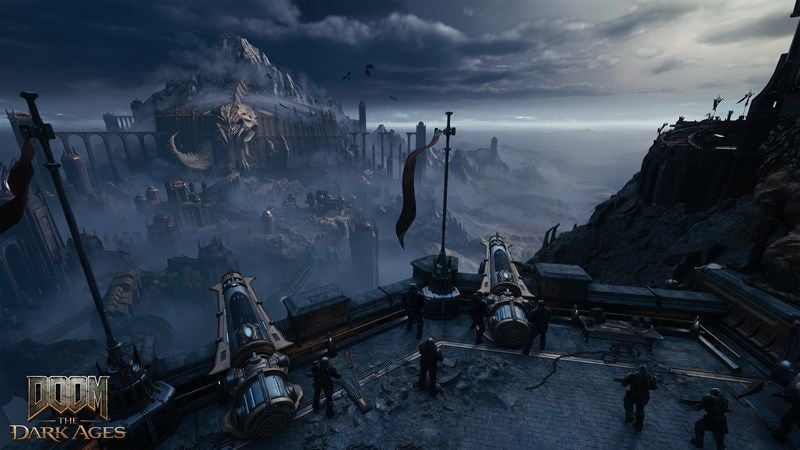
Doom: Since you are the third game you are working on The Dark Ages, do you see it as a result of a trilogy or more as a thing on its own?
Hugo Martin: I don’t think I can answer this. We shouldn’t talk about it. Anyway, I like to make Doom games. It wouldn’t be a problem for me to do this for a long time. But this was not designed to be the end of something.
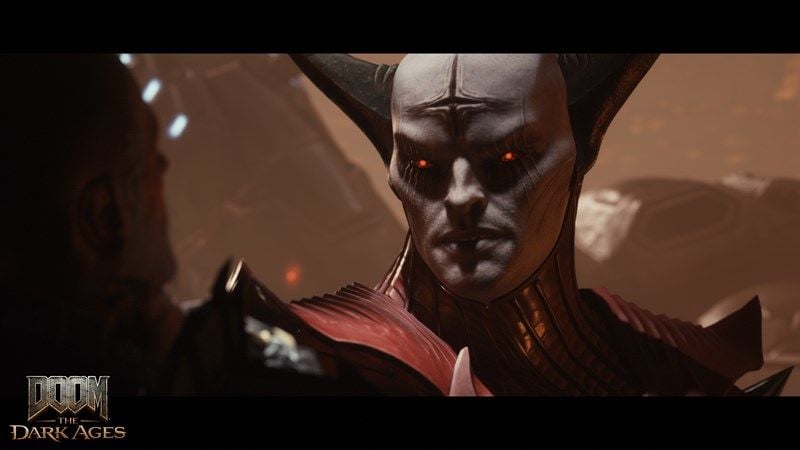
Doom: The Dark Agesstands out as the next big step in the evolution of the series. While the producer team aims to offer a new experience in the gaming world, it has also made efforts to meet the expectations of former fans. The output of the game on May 15, 2025 will show how successful this vision is.
